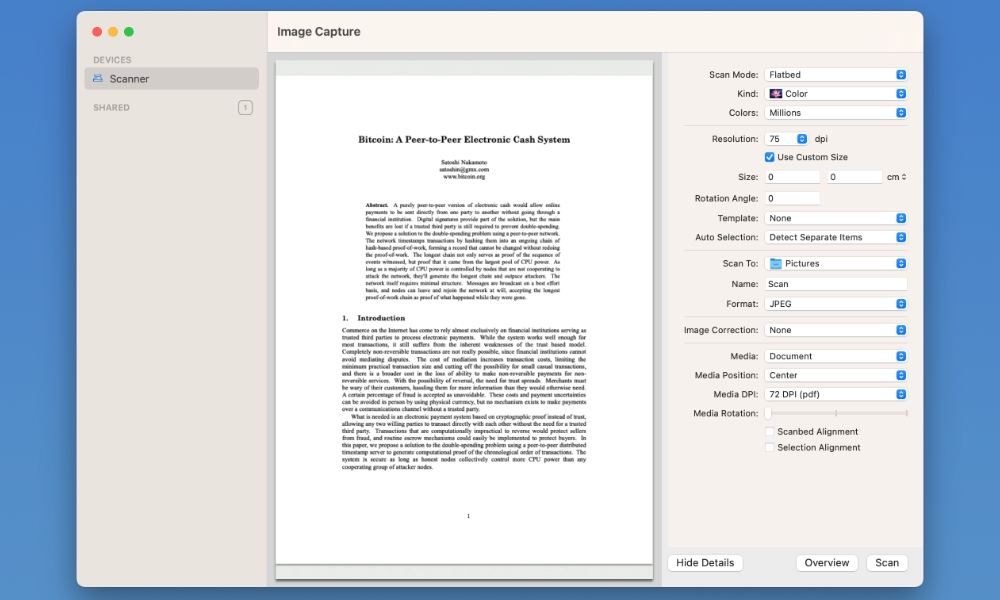Imagine being able to maintain purchasing power for years and decades to come. Wouldn’t that be nice, rather than facing the constant erosion of it?
Distilled into a sentence, Bitcoin is a long-term savings technology designed to maintain the purchasing power of those who decide to hold it. It’s that simple. It shouldn’t be harder to keep the purchasing power of your money than actually earning it. You’ve dedicated your time, sold products and/or provided services to earn cash, holding it through time should be the easy part.
Over the last fifteen years, we’ve seen that if you didn’t invest in bitcoin, it was difficult to maintain the purchasing power of your hard-earned cash. While the US dollar is relatively stable, it still faces inflation, just like any other currency. Even in developed countries, your purchasing power gets cut in half every fifteen years on average. A pseudonymous individual, or group of individuals that goes by the name Satoshi Nakamoto designed Bitcoin to address the problem of state-issued money and its diminishing purchasing power over time.
Not many people understand Bitcoin’s full potential. Even those who’ve bought bitcoins or at least invested in a proxy to get exposure to Bitcoin’s prices might not fully grasp how groundbreaking this technology is. The following features of Bitcoin are crucial to understanding and appreciating its value proposition.
Digital Scarcity
The fixed maximum supply of 21 million bitcoin is one aspect of how this dollar-number-go-up technology achieves its established goal of maintaining your purchasing power. The protocol has a hardcoded emission schedule that rewards the bitcoin miners who are securing the network. It’s highly predictable, mapped to release the last bits of bitcoin, called satoshis, by 2140.
Currently, we see that 19,857,213 coins have been released since the first bitcoin block was mined in 2008. The reward is set to 3.25 bitcoin and is awarded to the fastest miner who finds the correct nonce (number only occurring once) roughly every ten minutes. For every 210,000 blocks, corresponding to four years of time, the reward to miners gets cut in half, which shows that all 21 million bitcoins will be in circulation by 2140.
Decentralization
It’s the only cryptocurrency sufficiently decentralized, running simultaneously on tens of thousands of nodes. Individuals, companies, or even nation-states are powerless over the long arch of time to fight against it. The code is for anybody to view in its entirety, as Bitcoin is fully open-sourced.
There is no company, CEO, or employee responsible for Bitcoin, which means that nobody is held accountable for its place in the world. Bitcoin JUST IS. It exists, and every ten minutes, it moves on to the next block. As many enthusiasts like to say: “Tick Tock, Next Block.”
The decentralized nature also means there’s no entity to sue, as the founding person has mysteriously disappeared. In simple terms, you can either opt-in or not, leaving more bitcoin for everybody else who does.
Immaculate Conception
Satoshi Nakamoto was a selfless individual or entity who wrote the Bitcoin white paper as well as the code for the protocol. He initially deployed the software as well as mined the first million bitcoins. His bitcoin wallets are worth nearly 100 billion dollars in today’s value. Yet, these coins never moved to be exchanged into fiat money, such as US dollars or euros. It is widely believed that these coins will always be lost because the keys to spend them are lost as well. If this is true, it makes bitcoin even more scarce. This noble gesture of not personally profiting from inventing Bitcoin shows Satoshi’s real character.
